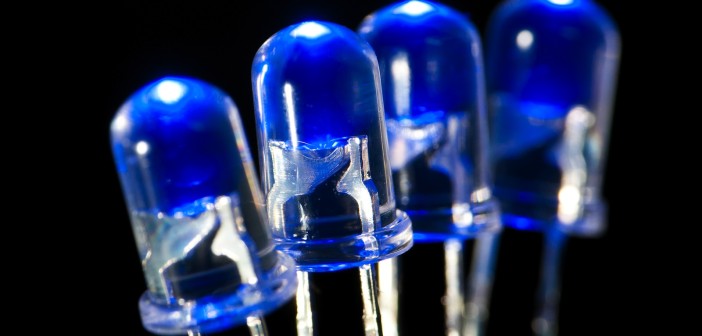The technology of light emitting diodes (LED) is being used in almost everything imaginable today. They are much more energy efficient than standard lighting products and are designed for most any size application.
They direct light in a specific direction making them cost friendly over traditional lighting methods. The many varieties of LED products available for consumers carry the official Energy Star label. This means that they have been lab tested and certified to save consumers money over other lighting products. They are a green energy product that helps the environment.
Life Expectancy Of LED Bulbs
LED Bulbs don’t allow heat buildup because of a built-in heat sink that absorbs and dissipates the energy into the environment surrounding the bulb. This could be a room, streetlight and window display or in a lantern used outdoors for camping.
These bulbs never burn out vs. incandescent bulbs, but can decrease in the amount of light produced over time that means the bulb will basically emit a dimmer light output. Some reports state that LED products may have a life expectancy of up to 50.000 hours of use. The long-life of these lighting products is because the bulbs don’t use a filament that can break or burn out. The bulbs are more shock resistant during handling and installation making them less fragile for breakage.
The bulbs are more efficient in quickly achieving full brightness vs. standard bulbs. Old technology bulbs would sometimes burn out as soon as the electrical source was supplied to the bulb. The tungsten filament is the reason behind it. This never happens with LED lighting products because they have no filaments and produce very little heat. According to LEDoutfitters.com, “They also produce a brighter white light over traditional bulbs making it easier to read and see in the surrounding area.”
Less energy used through low heating with a brighter light are the major reasons these bulbs are so widely used and popular today. Consumers can learn more about LED technology here.
They produce greater light output per watt than incandescent bulbs and can be dimmed easier. The bulbs have almost a 60 percent increase in life expectancy over incandescent bulbs. They outlast compact fluorescent lamp lights by almost a 10 percent margin. These bulbs contain no mercury that poses a health hazard to people. LED bulbs have an estimated lifespan of 70 percent of original brightness since they only grow dimmer over time. They might cost more money at purchase over standard and CFL bulbs but the savings over time outweigh the additional cost.
Variety Of Uses
LED technology was first introduced commercially in the 1960s but was studied and developed in the earlier decades of the twentieth century. Currently, over 35 billion bulbs are manufactured each year with that expected to increase as consumer demands continue to rise.
These bulbs are available in many sizes and varieties. They are available in single- color, multiple color and flashing colors with a timer to make them flash. Examples of flashing lights can be seen in Christmas displays. Multiple color lights can be seen in action at on stage performances and other live events. The bulbs are used in appliances such as laptops and televisions. Streetlights use LED technology. From cell phones to flashlights, thousands of products use these bulbs in the modern era. To find out more about LED use, visit here.
LED technology has been able to be used to grow plant life indoors and in space without high-energy consumption. As the technology continues to increase, scientist will be able to grow more crops and vegetables inside self contained structures without reliance on the Sun.




